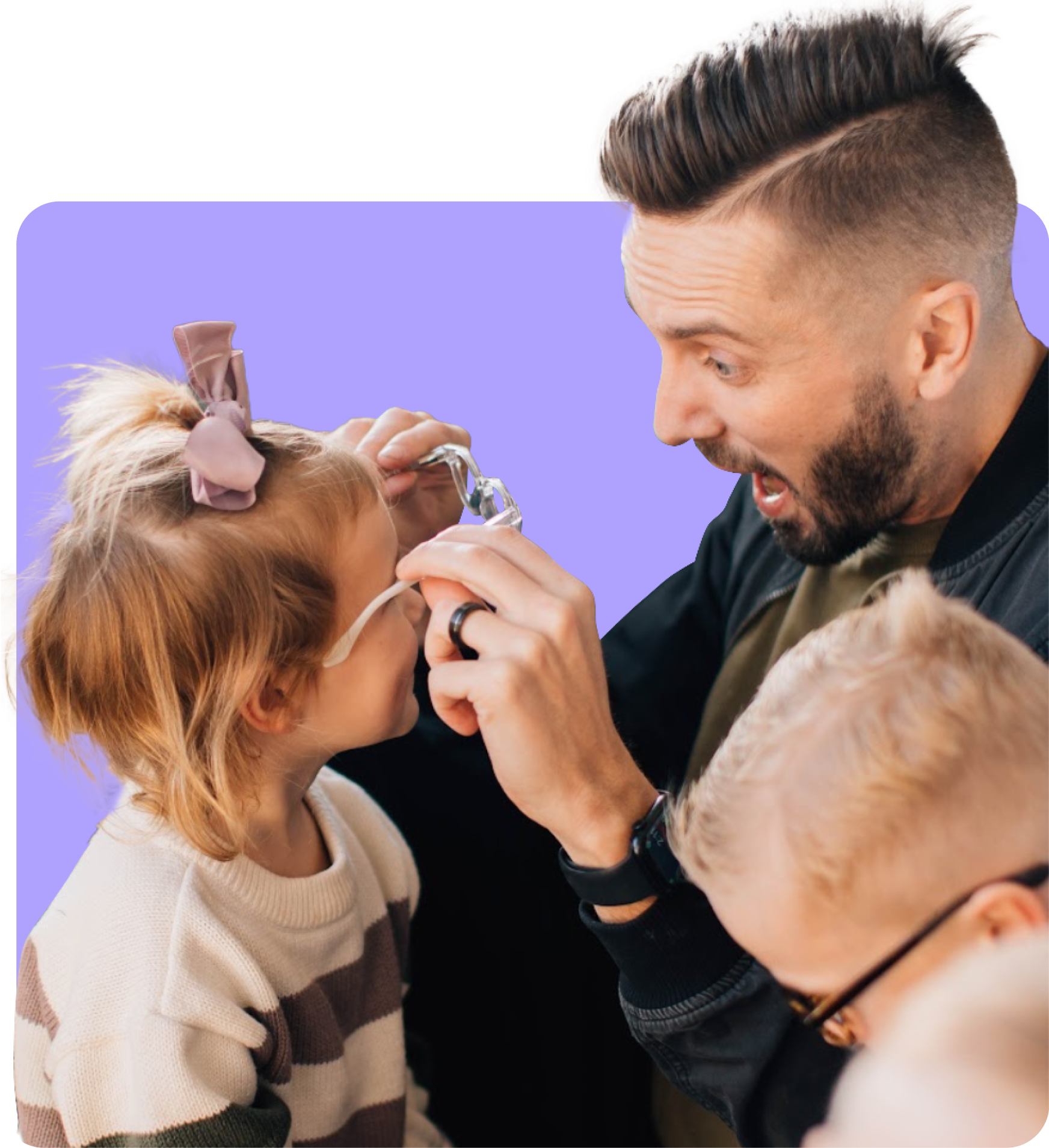How can I help my child adjust to wearing glasses?
If your child has recently been prescribed glasses, you might be wondering how to make this transition as smooth and comfortable as possible. After all, change can sometimes be daunting, especially for kids. Don't worry, though; you're not alone. Here's a handy guide based on popular marketing frameworks to help your child adjust to wearing glasses, making it an enjoyable and positive experience.
1. Awareness: Understanding the Need for Glasses
Before anything else, it's essential to educate your child about why they need glasses. Break it down in a language they understand. Explain how glasses will help them see better, just like how superheroes use their tools to save the day. Use children's books that feature characters wearing glasses. It's all about fostering a positive perception of glasses.
2. Interest: Making Glasses Fascinating
Selecting the right pair of glasses can turn the experience from a chore into an adventure. Involve your child in the process. Let them choose frames that they love. Glasses come in all shapes, sizes, and colors; it's about finding the one that resonates with your child's personality. Look for frames featuring their favorite colors or characters. This way, they will feel special and excited about their new accessory.
3. Desire: Building Excitement and Anticipation
Before the glasses arrive, build up the anticipation. Talk about all the fun and cool things they'll be able to do with their new glasses. You can even throw a 'Glasses Party' when they arrive. It could be a small family gathering, celebrating the new change. This can create a sense of excitement and make your child eager to start wearing their glasses.
4. Action: Easing into the Routine
Once the glasses are here, help your child ease into the new routine. Set up a schedule for when they need to wear their glasses and gradually increase the duration. Compliment them on how great they look in their new glasses. Be patient and empathetic if they show resistance initially.
5. Retention: Positive Reinforcement and Consistency
Consistency is key. Be sure to praise your child for wearing their glasses. Reward them with small incentives or privileges. It's also essential to follow up on their progress with the optometrist. This will ensure that the glasses are still the correct prescription and fit well.
6. Advocacy: Normalize Glasses
Help your child understand that wearing glasses is perfectly normal. Point out family members, friends, or celebrities who wear glasses. Show them that wearing glasses can be cool and fashionable. The goal is to normalize glasses, so your child feels comfortable and confident wearing them.
Remember, every child is unique and will adjust at their own pace. It's okay if your child takes a little longer to adapt. The goal is to create a positive and supportive environment where your child feels comfortable and confident with their glasses.
Adapting to glasses is a journey, but with the right approach, it can be a fun and exciting adventure. We hope this guide gives you the tools and strategies you need to help your child adjust to wearing glasses. Remember, the goal is not just about improving their vision but also about boosting their confidence and self-esteem.
So, here's to a clearer vision and a brighter future!
Stay tuned for more helpful tips and advice on our blog. And as always, if you have any questions or concerns, please feel free to reach out. We're here to help.


